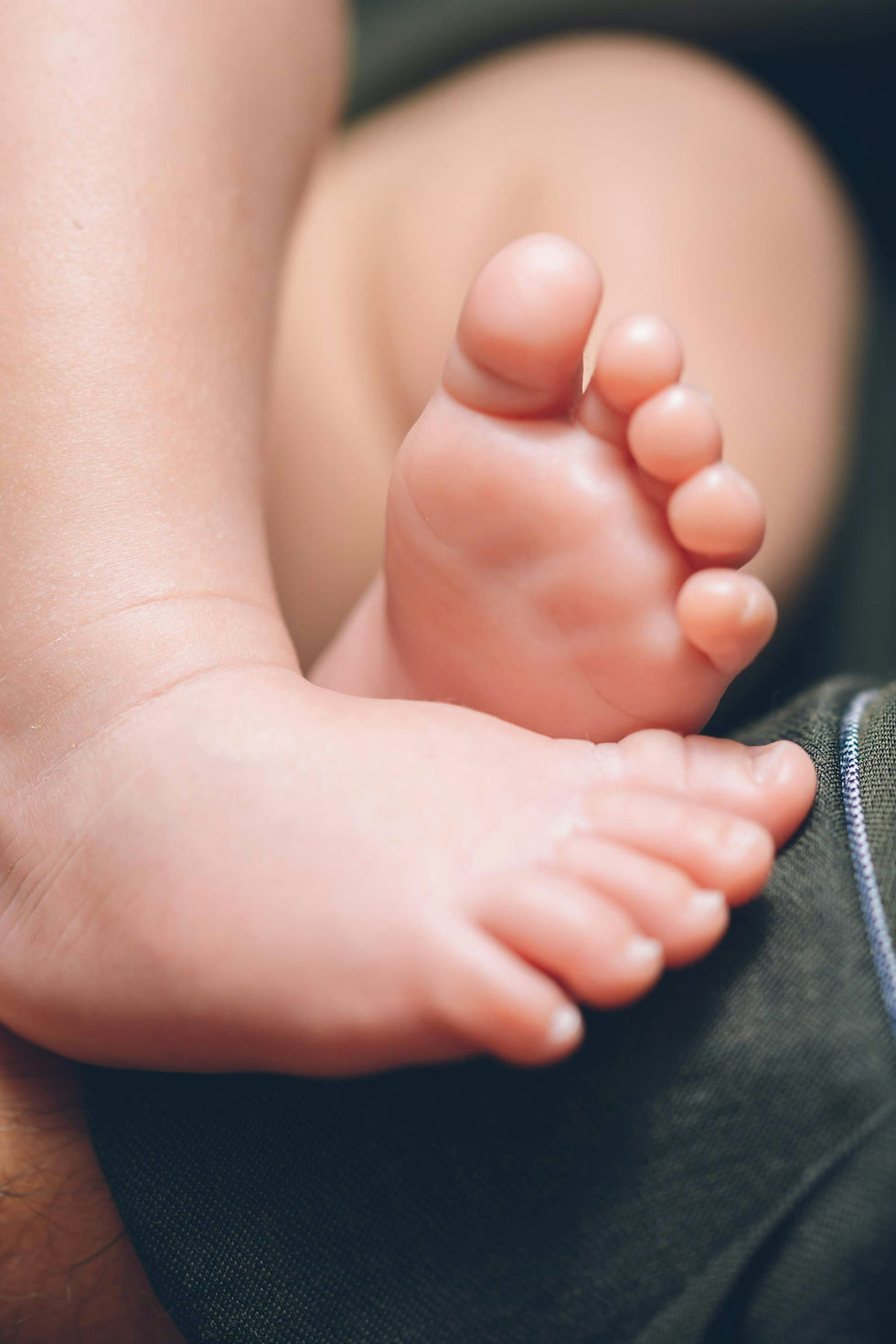How the Big Toe Shapes Balance, Posture & Lifelong Healthy Movement
- Sam Chetwood

- Sep 26
- 3 min read
It will come as no surprise to you that I think our feet are absolutely incredible, and I'd love to share my thoughts on one particular part that does more than its fair share of the heavy lifting… the big toe. This small digit plays an outsized role in how we move, balance and stay upright. It does around 40% of the work of all the toes combined, making it’s impact by far the most significant.

Balance, stability and movement
Every step we take relies on the big toe. It provides stability when we stand, helps us balance as we shift our weight and controls push-off (or propulsion) when we walk or run. If the big toe isn’t functioning effectively, our gait (walking pattern) becomes less efficient and less stable, and our bodies start to find ways to compensate.
Link to the arch
The big toe also plays a direct role in the effectiveness of the arch of the foot. The muscles and tissues that support the arch are closely tied to how well the big toe functions. If the toe isn’t free to move, or if it’s pushed out of alignment, those muscles can’t activate properly. This can lead to weaker arches, reduced stability and an increased risk of flat feet or collapsed arches.
What happens when the big toe turns in
Most of the footwear we put on our feet is too narrow at the toes, forcing the toes into unnatural positions. Over time, this often causes the big toe to drift inwards towards the smaller toes (a condition known as hallux valgus, more commonly known as bunions). Once the big toe is angled in, push-off during walking is no longer straight. Instead, the force is directed across the body, which puts extra stress not just on the foot but on the ankles, knees, hips and even the spine. This can lead to joint pain and incorrect posture throughout the body.

Flexibility is key
A lack of flexibility in the big toe also limits the natural range of motion needed for walking and running. When this happens, other muscles are forced to compensate, which reduces the efficiency of the foot and can lead to stiffness, fatigue or reduced mobility over time. Rigid, heavily cushioned soles restrict the foot from moving through its full range of movement. Over time, this weakens the muscles and reduces flexibility, which is why lighter, more flexible soles are generally better for healthy, functional feet.
The domino effect on the body
When the big toe can’t function properly, it’s not just the foot that suffers. From sore knees, hip pain, poor posture, lower back issues, even migranes, problems ripple upwards through the whole body. The big toe may seem like a small part of us, but its role is enormous.
Why this really matters for children
Children’s feet are developing and the shape of the shoes they wear plays a big part in that development. Shoes with narrow toe boxes compromise the natural function of the big toe by squeezing it inwards and limiting movement. What might seem like a small issue in childhood can have lifelong consequences, affecting posture, balance and long-term joint health.
Rigid or overly cushioned soles stop the foot from bending and flexing as it should, our feet and bodies are able to adapt, but the result over time is weaker feet and reduced function. Children need soles that bend and move with their feet, supporting natural movement rather than doing the work for them.
By choosing shoes that match the shape of their feet and allow them to flex, we give the big toe the space it needs to do its job properly and the whole foot the freedom to move. This helps set children up for a lifetime of strong feet, efficient movement and better overall body alignment.
Strong, healthy movement starts from the ground up.

Find your nearest CeCe & Me shoe fitter here.




Comments